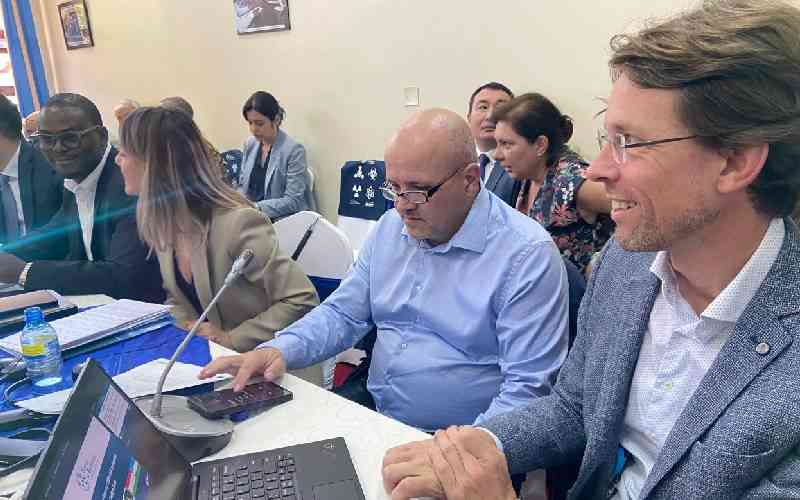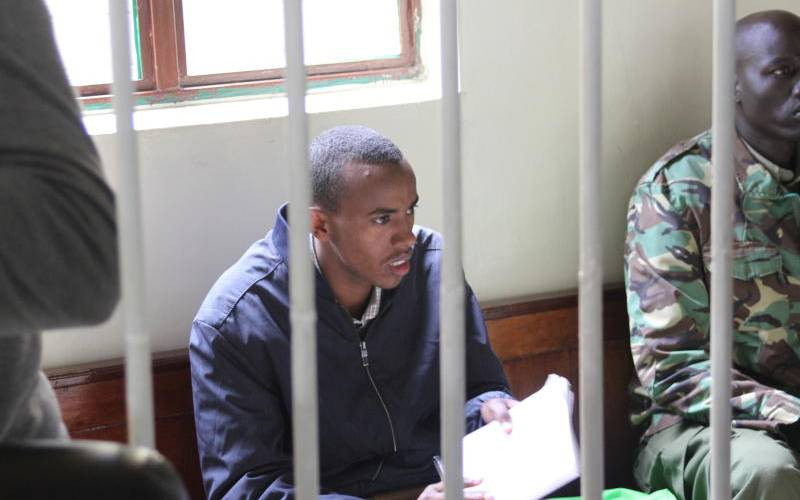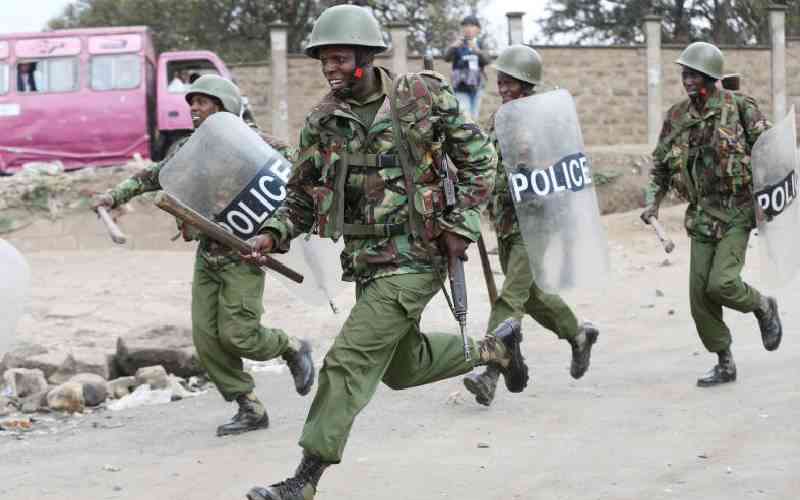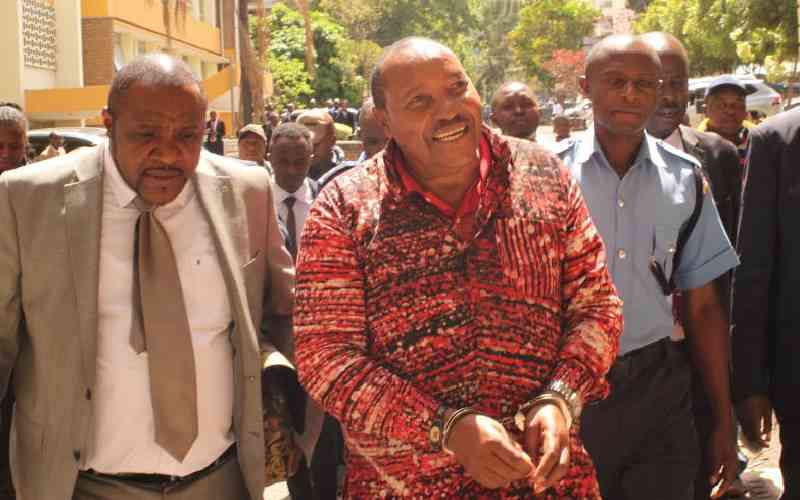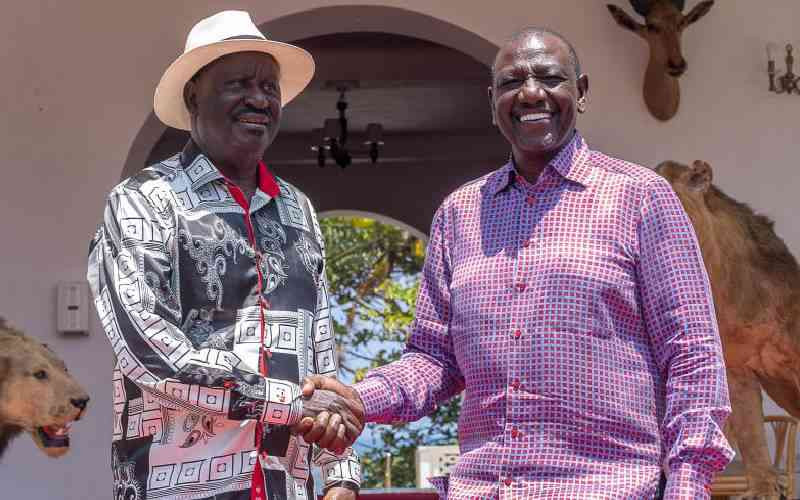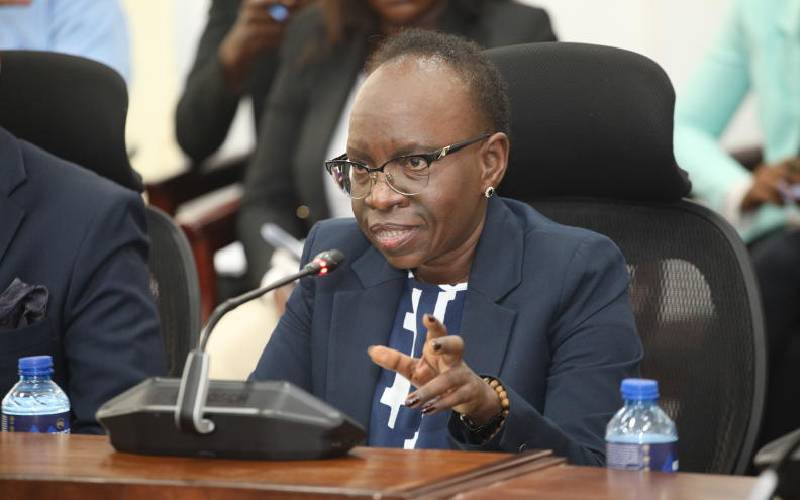 |
|
Robert Malanya’s smart card has information that is stored in a central server. Bearers are automatically notified about important dates. [Photo: Kamuzu Banda] |
Nairobi, Kenya: The insecurity Kenya is currently facing largely due to acts of terrorism has motivated one innovator to come up with a technology that could fix this problem once and for all. Robert Malanya, a student at Jomo Kenyatta University of Agriculture and Technology (JKUAT), says to dry up terrorism, getting proper records of details pertaining to every Kenyan is a good place to start.
“Our biggest problem is that due to a poor record management system, our government and security forces do not have the records of everyone in the country. My innovation – the Digital Birth Card – will rectify this,” says 22-year-old Robert.
The Digital Birth Card consists of a machine that stores information and is custodian to a Tom Cat database and a card printer.
The software developed using Java and mSQL technology co-ordinates the data entered into the system to make it readable by a bar code (or hidden information tag) that will be printed on the card.
Just as you are able to see your bank account details when you slot your ATM card in the machine, a swipe of the birth card pulls data from the central database and displays it.
What happens then is that when a child is born, in addition to being issued with a normal birth notification notice, the child’s details are entered into the database and secured.
Parents are then issued with a Digital Birth Card, which has this information stored.
This key information is then sent to and stored in both a county and a national server as a record of birth.
“The information is counter-checked by approved people and it is from this information that a birth certificate is printed automatically and sent to the child’s parents. The card reader machines can be installed in any Government establishment and with a swipe of the card, all information related to the child appears whenever needed,” adds Robert.
This information will be available to the Government and relevant authorities for planning. For instance, the Government will know when the child is supposed to go for vital immunisations.
It will also record whether they have been immunised or not. Similarly, the authorities will know when the child is ready to join school.
When the person reaches 18 years, the central server automatically notifies the registration of persons department to issue an ID as well as a passport if necessary and a mobile phone text message is sent to the relevant contacts to collect these vital documents.
“With this technology, the Government has control of who is in the country and can tell who is here illegally because their birth cannot be tracked digitally. It also saves people the inconvenience of queuing for IDs,” says Robert.
In addition to streamlining the management of records, this innovation could help curb insecurity, increase efficiency and help with planning. It would make national census easier as well as aid in faster registration of people during elections.
It has been tried and tested with sample populations both in Homa Bay County and among students at JKUAT and has proved its reliability.
Stay informed. Subscribe to our newsletter
Robert says he is ready to demonstrate the machine’s use and efficiciency to anyone in Government interested in seeing it work.
 The Standard Group Plc is a
multi-media organization with investments in media platforms spanning newspaper
print operations, television, radio broadcasting, digital and online services. The
Standard Group is recognized as a leading multi-media house in Kenya with a key
influence in matters of national and international interest.
The Standard Group Plc is a
multi-media organization with investments in media platforms spanning newspaper
print operations, television, radio broadcasting, digital and online services. The
Standard Group is recognized as a leading multi-media house in Kenya with a key
influence in matters of national and international interest.
 The Standard Group Plc is a
multi-media organization with investments in media platforms spanning newspaper
print operations, television, radio broadcasting, digital and online services. The
Standard Group is recognized as a leading multi-media house in Kenya with a key
influence in matters of national and international interest.
The Standard Group Plc is a
multi-media organization with investments in media platforms spanning newspaper
print operations, television, radio broadcasting, digital and online services. The
Standard Group is recognized as a leading multi-media house in Kenya with a key
influence in matters of national and international interest.


